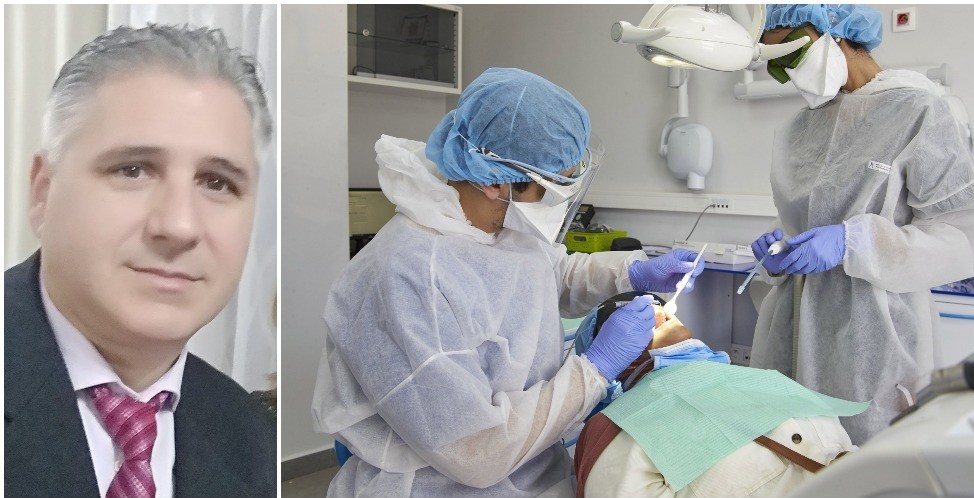Doctor Ilija Karamanov, dentist: Tooth injuries are divided into two main groups - with and without fracture

The oral cavity, with all its components including the teeth, is one of the most active organs of the human body.
If we take into account the three regular meals, snacks, consumption of various types of nuts, all delicious crunchy and toasted toppings, cakes in which we can often find some forgotten bone, we will conclude that the teeth are at daily risk of injury or breakage. Children's mischief, sports activities, incidents in terms of skirmishes and fights, riding bicycles and motorcycles, traffic accidents and many other factors, are an additional risk to the teeth.
Injuries that do not have a fracture
Tooth injuries can be divided into two main groups: injuries without a fracture and injuries followed by a fracture. Most injuries without a fracture go away without any consequences. The first few days may be marked by pain on touching the injured tooth as well as sensitivity to thermal stimuli. In such cases, it is recommended to spare that tooth from solid foods and thermal non-neutral drinks. If the force that caused the injury is of a stronger nature, then a pronounced loosening of the tooth can be noticed. It is recommended to visit a dentist immediately, who will assess the condition and give the correct directions for remediation. In more extreme cases, the tooth may be inserted into the jawbone or erupted outwards. Rarely, but still, complete eruption of the tooth occurs. In that case, the injured person should keep the tooth in his oral cavity under the tongue and call a doctor immediately. The dentist has the opportunity to put the extracted tooth back in his cup, to fix it (splint) and the condition is monitored in the next few months. Chances of accepting such a tooth exist.
Injuries followed by a fracture
Injuries that break parts of the tooth are also common. Broken parts can only be at the level of enamel and are repaired by sealing. If the dentin (the layer under the enamel) is also involved, an assessment is made of the trauma and proximity of the pulp and consequently it is sealed most often with the use of calcium preparations as a substrate. If the fracture also affected the pulp, endodontic treatment of that tooth (death) is necessary. In more radical cases, the repair is done by making porcelain crowns. Tooth root fractures, unfortunately, often end in the loss of such an injured tooth.
One of the most characteristic complications of an injured tooth is a traumatic cyst, which can occur after several years. Therefore, X-ray examination is recommended at least once every two years.
Doctor Ilija Karamanov, dentist


